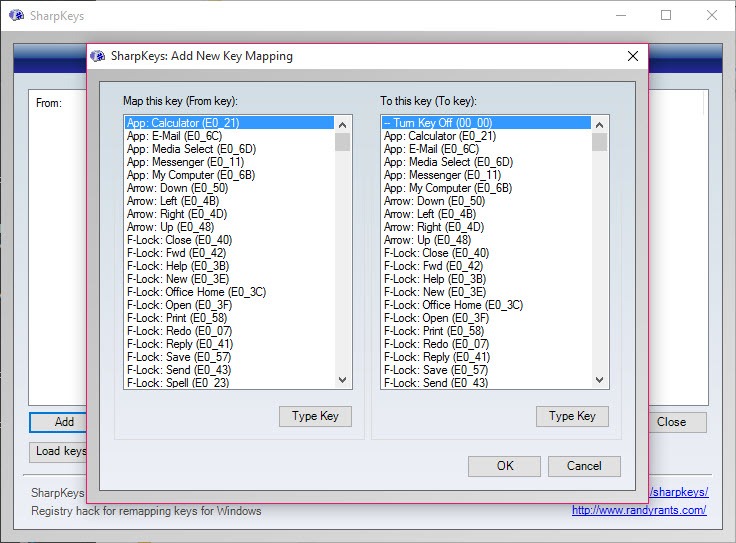
Db major and B b minor (five flats): Db–Eb–F–Gb–Ab–Bb–CĪs you can see, there are fewer opportunities to integrate open strings, assuming you avoid relatively dissonant chromatic notes.Ab major and F minor (four flats): Ab–Bb–C–Db–Eb–F– G.Eb major and C minor (three flats): Eb–F– G–Ab–Bb–C– D.Bb major and G minor (two flats): Bb–C– D–Eb–F– G– A.F major and D minor (one flat): F– G– A–Bb–C– D– E.But even in the five-sharp keys of B major and G# minor, you can often let the open 1st and 2nd strings chime out. The more sharps, the fewer diatonic open strings. B major and G#m (five sharps): B–C#–D#– E–F#–G#–A#.E major and C#m (four sharps): E–F#–G#– A– B–C#–D#.A major and F#m (three sharps): A– B–C#– D– E–F#–G#.D major and Bm (two sharps): D– E–F#– G– A– B–C#.G major and E minor (one sharp): G– A– B–C– D– E–F#.C major and A minor (no sharps or flats): C– D– E–F– G– A– B.

Notice how often open-string notes (indicated in bold) match scale degrees in these keys: In the keys of C, G, and D (and their relative minors, A minor, E minor, and B minor) all six open strings correspond to diatonic scale degrees. In sharp keys, more open strings coincide with scale degrees, making possible rich-sounding chords that combine open and fretted notes. Yeah, basic chords tend to be easier in sharp keys than in flat ones, but there’s more to the issue than laziness. Many guitarists hate to play in flat keys.


 0 kommentar(er)
0 kommentar(er)
